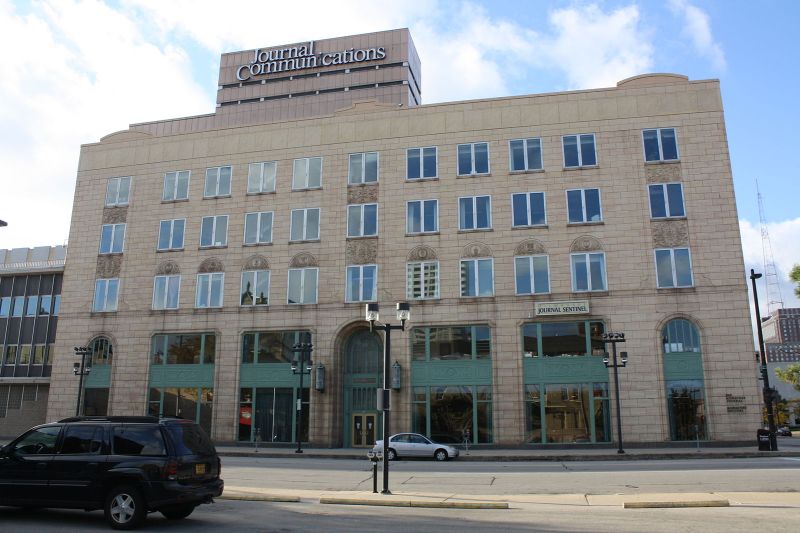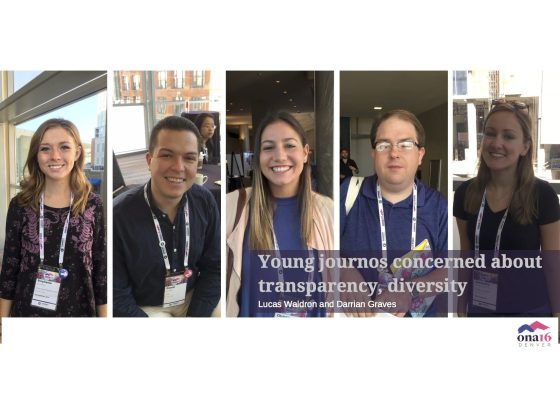
Greg Borowski of the Milwaukee Journal Sentinel has a magnet on a filing cabinet in his office: “Thou Shalt Not Whine.” The magnet is a replica of the wooden plaque that Tim Russert, the late “Meet the Press” host, famously displayed in his office.
For Borowski, it is more than a magnet. It is a philosophy.
“Take ‘if only’ out of the newsroom conversation when it comes to using new platforms,” said Borowski, deputy managing editor of projects, investigations and digital innovation at the Journal Sentinel. “If no one has the skill, have someone learn.”
At a time when newsrooms of all sizes are facing declining resources and stretched staffing, “if only” is a frequent utterance: We could do that — if only we had more time, if only we had someone really good at code, if only we had another reporter, if only we had newer equipment. But that kind of thinking holds newsrooms back, Borowski said.
Instead, here’s his advice for how to foster an environment of endless possibilities in your newsroom.
Replace “If only” with “What would it take?”
What would it take to develop that interactive, to make a video, to research the issue on a national scale? Yes, it will take some time away from business as usual. But new capabilities are built in increments.
Share examples of great work from elsewhere.
While serving on a Pulitzer jury for explanatory reporting several years ago, Borowski noticed entries with animated explainers. He took the idea back to the newsroom, where a designer trained himself in animation. Others in the newsroom joined in, and soon the Journal Sentinel included explainers with most major reports, illustrating concepts like how algae spreads in the Great Lakes and how Milwaukee landlords work the system.
Don’t be afraid of trying something you can’t do.
Borowski likes to have his team working on at least one thing that no one (yet) knows how to do. When his team decided to do its first podcast, Unsolved, as part of an investigation into a 40-year-old unsolved murder, they had never done a podcast and had no system in place. They leaned on a colleague with a radio background and “puzzled through.” In the end, the podcast reached No. 3 on iTunes.
Be patient.
Experimenting and learning takes time, and it will include false starts and early iterations that don’t cut it. Allow enough time for polishing at the end.
Make projects a team sport.
Involve photographers, videographers, developers, producers, designers and copy editors early so they can take ownership. “No one wants to be a service shop at the end,” Borowski said.
Always be training.
Your most important asset are the people you already have. Help them stay cutting edge. Allow some time in their schedule for experimentation.
Hire new people for fit and potential, not just raw skills.
What will this person be like in a year? In five years? An openness to innovation requires making decisions in the short-term for the benefit of the long-term.







You must be logged in to post a comment.